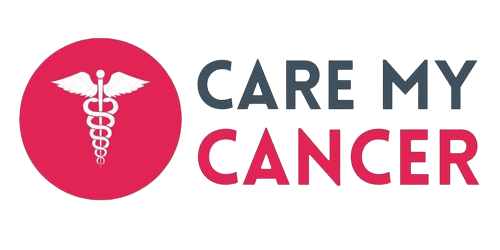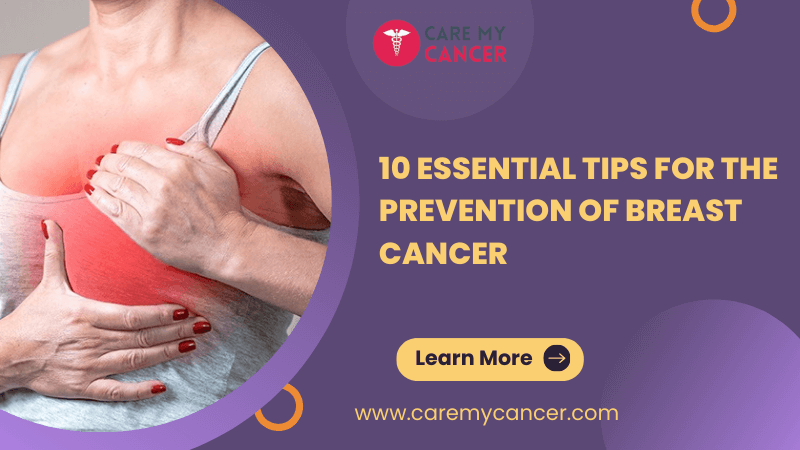Awareness: Prevention, Early Detection and Cervical Cancer Treatment Introduction Explore effective cervical cancer treatment and therapies to combat this disease. Mother’s Day is a special occasion that celebrates the invaluable role of mothers in our lives. On this day, it is essential not only to shower our moms with love and gratitude but also to spread awareness about critical health issues that affect women worldwide. Cervical cancer, a preventable and potentially deadly disease, remains a significant concern for women globally. By raising awareness about cervical cancer on Mother’s Day, we can help educate and empower women to prioritize their health and take proactive steps to prevent this disease. Understanding Cervical Cancer Cervical cancer is a type of cancer that affects the cervix, the lower part of the uterus. It is primarily caused by the human papillomavirus (HPV), a common sexually transmitted infection. While HPV is widespread, most infections clear up on their own. However, persistent HPV infections can lead to cervical cancer over time. Cervical cancer often progresses slowly, allowing for early detection and effective treatment. Regular screenings, such as Pap smears and HPV tests, are crucial for detecting precancerous cells or early-stage cancer. If left untreated, cervical cancer can spread to other parts of the body, significantly reducing survival rates. Spreading Awareness On Mother’s Day, we have a unique opportunity to promote cervical cancer awareness among women and their families. By initiating conversations, sharing information, and organizing events, we can make a lasting impact on women’s health. Here are some effective ways to spread awareness: 1. Education campaigns: Collaborate with healthcare organizations, NGOs, and local communities to organize educational campaigns. These campaigns can provide vital information about cervical cancer, its causes, symptoms, and prevention methods. Use various platforms, including social media, local newspapers, and community gatherings, to reach a broader audience. 2. Public seminars and workshops: Arrange seminars and workshops where healthcare professionals can share their knowledge and expertise. These events can address common myths and misconceptions about cervical cancer, emphasize the importance of regular screenings, and provide guidance on vaccination options and treatment. 3. Partner with schools and colleges: Engage with educational institutions to incorporate cervical cancer awareness programs into their curriculum. This proactive approach can educate young girls about the disease, preventive measures, and the significance of regular screenings. By empowering the next generation, we can create a lasting impact on cervical cancer prevention. 4. Engage influential figures: Seek support from influential individuals, such as celebrities, athletes, or public figures, who can help amplify the message of cervical cancer awareness. Their involvement can attract media attention, reach a wider audience, and encourage women to take charge of their health. 5. Support groups and helplines: Establish support groups and helplines where women can seek information, guidance, and emotional support. These resources can assist women in understanding the importance of regular screenings, dispel fears or anxieties associated with cervical cancer, and encourage timely medical intervention. Prevention, Early Detection and Cervical Cancer Treatment While spreading awareness is crucial, it is equally important to highlight preventive measures and early detection methods for cervical cancer. Here are some key points to emphasize: Vaccination: Encourage girls and young women to receive the HPV vaccine, which protects against the most common strains of HPV. The vaccine is most effective when administered before becoming sexually active. Regular screenings: Educate women about the importance of regular screenings, including Pap smears and HPV tests. These screenings can detect abnormal cells or HPV infection early, allowing for timely intervention and treatment. Safe sex practices: Promote the adoption of safe sex practices, including consistent condom use and reducing the number of sexual partners. This can help reduce the risk of contracting HPV and other sexually transmitted infections. Health Education and Empowerment: Promote health education programs that empower women with knowledge about cervical cancer prevention and early detection. This can include providing information about the risk factors, symptoms, and warning signs of cervical cancer. By increasing awareness, women can make informed decisions about their health and seek medical attention promptly if they notice any concerning symptoms. Access to Healthcare: Advocate for improved access to healthcare services, especially in underserved communities. Many women face barriers such as financial constraints, lack of transportation, or limited availability of healthcare facilities. By working towards ensuring equal access to screenings, vaccinations, and follow-up care, we can bridge the gap and ensure that all women have the opportunity to prioritize their cervical health. Supportive Policies: Encourage policymakers to implement policies that support cervical cancer prevention and early detection. This can include providing funding for vaccination programs, supporting public health initiatives, and promoting educational campaigns. By integrating cervical cancer prevention into public health policies, we can create a supportive environment that encourages women to take proactive steps towards their well-being. Encouraging Routine Check-ups: Encourage women to prioritize routine check-ups with their healthcare providers. Regular visits allow for comprehensive health assessments, including cervical cancer screenings. By incorporating these screenings into routine healthcare, women can establish a habit of proactive preventive care and detect any abnormalities at an early stage. Engaging Healthcare Providers: Collaborate with healthcare providers to ensure they are equipped with the latest information and guidelines on cervical cancer prevention and early detection. By organizing workshops, conferences, and continuing education programs, healthcare professionals can stay updated and provide accurate and reliable information to their patients. This collaboration between healthcare providers and the community is vital in raising awareness and facilitating timely interventions. Peer Support Networks: Establish peer support networks where women who have experienced cervical cancer or undergone treatment can connect with and support each other. These networks can provide emotional support, share experiences, and offer guidance to women who may be going through similar challenges. Peer support can play a significant role in reducing anxiety and empowering women to take control of their health. By focusing on prevention and early detection strategies, we can make a significant impact on reducing the incidence and mortality rates associated with cervical cancer. Spreading awareness about the importance of
Dr Kamlesh Verma - The Best Cancer Specialist in Lucknow
- +91 99304 62874
- info@caremycancer.com
- Call Time: 9:30 A.M. to 7:30 P.M.




